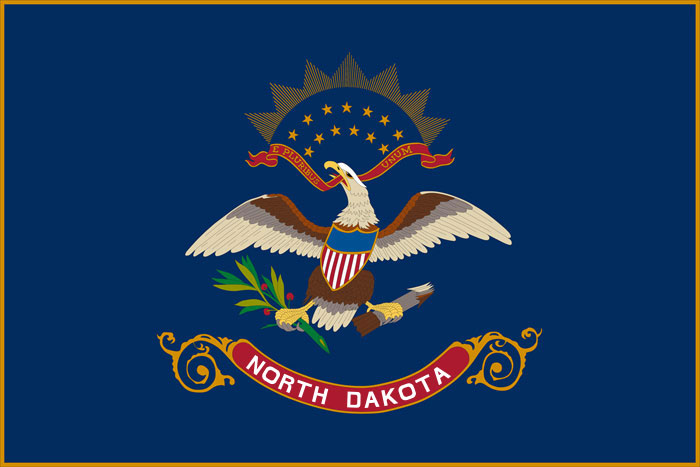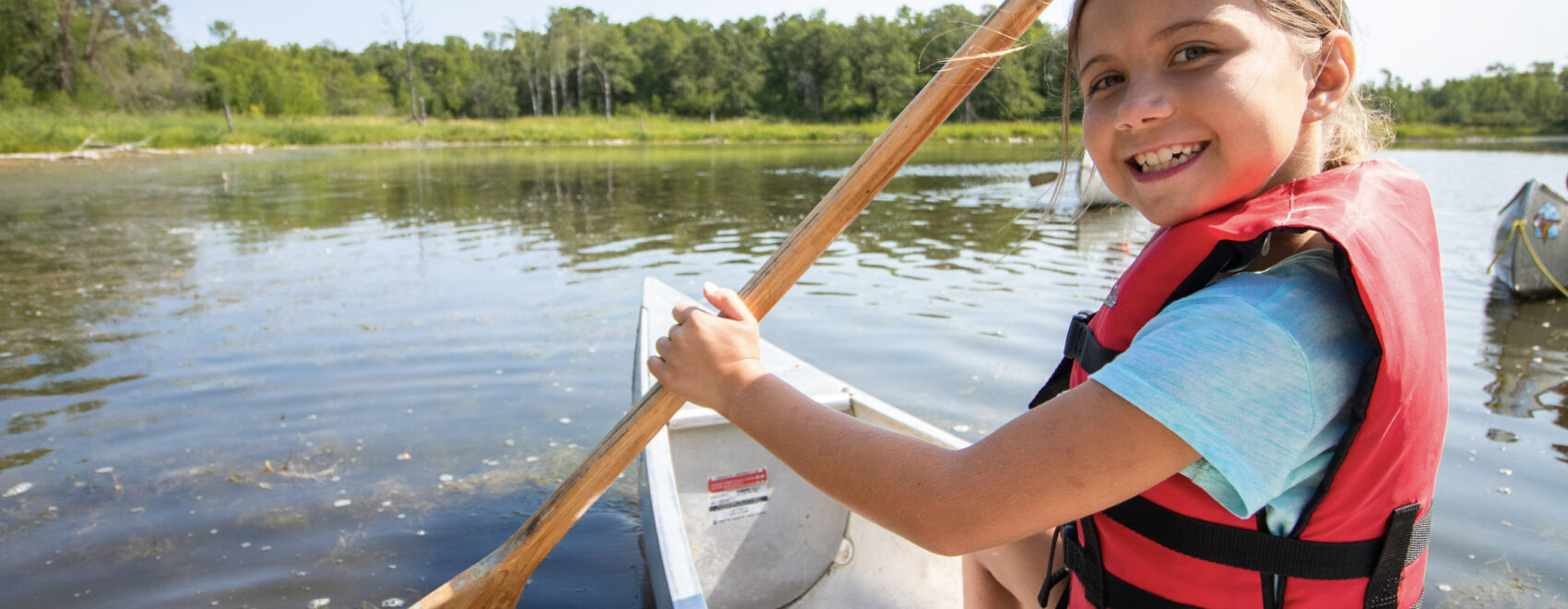At this time, North Dakota does not offer an ABLE Plan (full name: Achieving a Better Life Experience Plan). Please continue reading for information on ABLE Plans and how a North Dakota resident may find their best option to open an ABLE Plan with another state. A new association has launched a great resource page that allows you to see all of the ABLE plans that are offered across the United States at ABLE Today. We encourage you to read all of the information we have gathered on this page so you are better informed especially if you have North Dakota Guardianship Orders and Letters. We also encourage you to use the state by state comparison tool found below, under Opening An Account and under our Resource page before making any decisions.
An Achieving a Better Life Experience Act (ABLE) savings account is for individuals with disabilities and their families. It is similar to a 529 college savings plan. Earnings grow tax free when saved for a variety of qualified expenses.
This is an important step for people with disabilities who often depend on public programs for residential, vocational and healthcare. In order to access these supports prior to ABLE, individuals could save no more than $2,000. Saving through an ABLE account allows individuals with qualified disabilities to save up to $19,000 annually to supplement other federal and state programs without impacting the individual’s ability to receive local, state or federal means tested aid.
ABLE Accounts explained by video in ASL with English voiceover and closed captions at ABLE Accounts in ASL

The Reason North Dakota does not offer an ABLE Plan
Since the passage of the federal ABLE Act, changes were made to allow individuals to open an account anywhere in the United States. With this new option, Bank of North Dakota (BND) assessed the administrative fees that would need to be covered by a relatively small population and determined that the residents would have lower expenses and many more options for investment if they accessed other states’ plans.
We encourage you to compare ABLE Plans through the tools found under resources and to be aware that in some cases North Dakota guardianship Orders and Letters may be required but that many states with plans have adopted a new hierarchy of accepting online certification rather than proof of documentation. Check with the ABLE plan you choose to work with for online certification before opening an account and if the plan does not provide online certification it is recommended to choose a different ABLE plan. In the past Minnesota’s ABLE Plan has had issues with ND Orders and Letters.
Social Security Administration releases updates including new qualified expenses: The purchase of food is now considered a qualified expense. Get the most out of your ABLE Account Based on the SSA’s New Guidance.
North Dakota account owners may roll over 529 plans to ABLE plans, up to the ABLE annual contribution limit. States may need to expand the definition of qualified withdrawals to include rollovers into ABLE plans. Without a change to the definition, such rollovers could be categorized as nonqualified withdrawals.
BND is available as a resource to answer questions about the ABLE Act and will provide a list of resources and state plans.
Download this PDF form to assist with tracking your ABLE account deposits and withdrawals.
If you require this information in another format, please email bnd@nd.gov or call (701) 328-5882.
Although North Dakota does not offer an ABLE Plan please see the following guidelines and resources to help you learn more.
BND acts as a resource to residents of North Dakota. If you have questions, contact us or call (701) 328-5882.
 An official website of the State of North Dakota
An official website of the State of North Dakota
